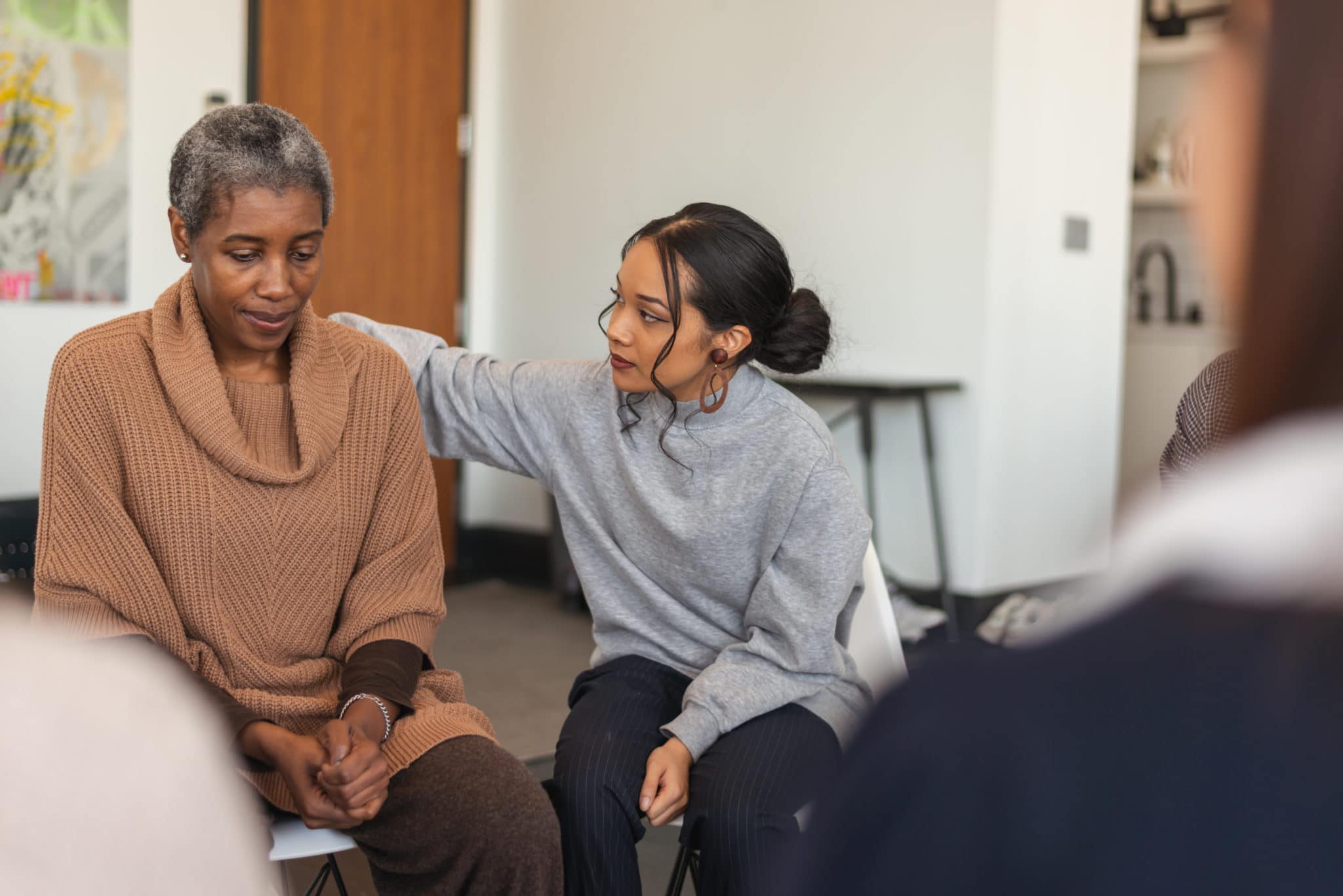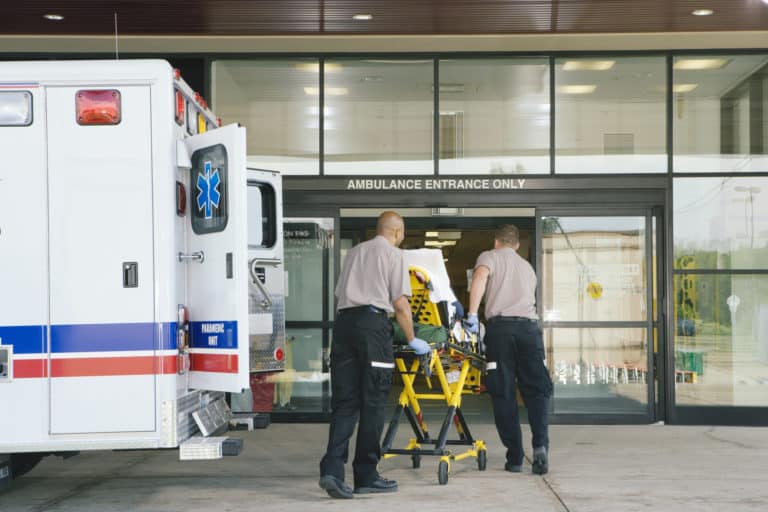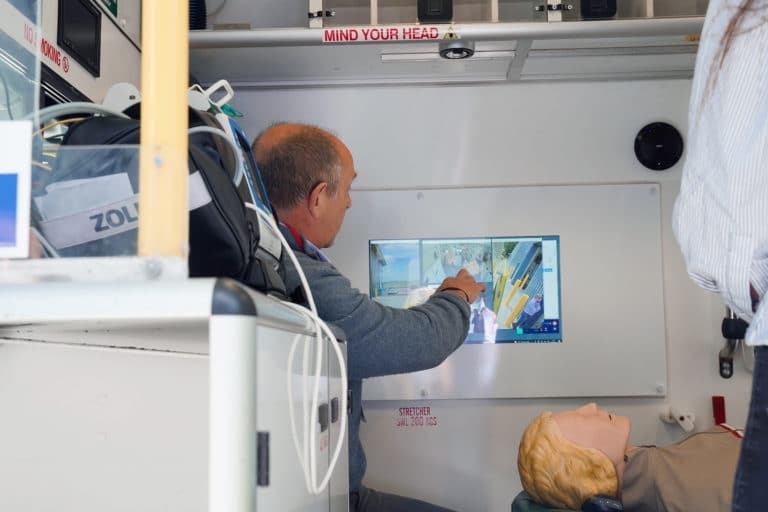The stroke pathway has seen such significant improvements over the last decade with the introduction of hyperacute stroke units, improved brain-imaging, rapid thrombolysis and the game-changing thrombectomy.
However, are we devaluing these interventions by failing to recognise the opportunities which help people to return to productive lives after a stroke?
A poor outlook post acquired brain injury
In an area of healthcare which used to be seen as a life-or-death situation, the chances of surviving a stroke are significantly better than before, with the UK mortality rate halving over 20 years. Yet, the long-term outlook for these patients remains poor with the five-year survival rates remaining low.
The Stroke Association estimates that in the UK every year, with two thirds of survivors leaving hospital with a disability. We currently have 1.2 million stroke survivors living in the UK, at an estimated cost to the health and care sector of £26 billion a year. This cost is expected to triple by 2035.
Elevating the importance of rehabilitation provision
The provision of rehabilitation is an essential element of the care pathway yet is often the least well supported and resourced. When we look at service developments and national standards, the area of the pathway lacking is always after care and rehabilitation.
This is not unique to the UK and our colleagues in the USA are experiencing similar issues. Once a patient has left an acute situation, where the latest interventions, medications and technological advancements have been provided, the same level of attention just isn’t there post-discharge.
One would argue that the early supported discharge packages show great gains for rehabilitation and support, but I think everyone would agree: this is where the intensity of care stops. Once a patient is discharged from health, we can often see a marked deterioration in their wellbeing with an undetermined longer-term impact.
Considering the entire care pathway
There is an underlying mindset within the system that the priority lies with the acute care management and what happens after is less important. As a system, we respond exceptionally well in crisis, and focus innovation and resource at this stage of patient’s journey. But there is very little strategy – and we continue on the funding treadmill in front of us by continually investing in acute interventions. But it is clear, the cost benefit doesn’t help if we don’t take a more strategic view of the whole care pathway.
The failure to provide effective rehabilitation immediately after the acute episode, can lead to reduced functioning mobility and normal life for the individual. The consequence of this failure is added cost for the health and care system, reduced economic productivity and can increase social care costs if it leads to patients losing their ability to live independently.
This can also lead to more frequent emergency trips to hospital for related symptoms such as falls or secondary strokes. But the data currently collected may identify re-admitted patient episodes as a new case rather than allowing the system to recognise and then count it as a re-admission. This often masks the failure of the rehabilitation and ongoing support offered which could have prevented further problems.
The link to co-morbidities is also missing with more people dying in the first six months after a stroke from cardiac events, rather than consequences of a stroke – which means we are overlooking opportunities to influence outcomes in other ways.
The cost of high-quality rehabilitation may pay itself back over time but immediate cost pressures in the system can often mean that rehabilitation is not funded as a priority, which in turn reduces patient outcomes.
Data, data, data
So where do we go from here? The key to getting the balance is to argue the need for data and the evidence to build up the business case. We are seeing some professionals and clinicians leading the charge and looking for that evidence to balance the funding model.
The Mount Sinai health system in the USA recruited a randomly selected sample of people who were enrolled in a remote monitoring programme. Of the sample, 90 per cent of the sample had a crisis that the health system could have intervened on. Without the follow-up, these crises would never have been caught.
In Cardiff and Vale, they’re currently trialling a system that joins up the data to the patient – rather than the episode – to track the re-admissions and how that plays out. The data outcomes are providing interesting insights into chronic conditions and helping to modify their understanding of where they put their money.
We are also seeing a role for digital platforms to be used for virtual rehabilitation. There are many ways to do this and the growth of digital care technology in local authorities should be used to support and endorse these changes across the whole health and care system. As an example, Visionable’s platform allows any deterioration to be identified early and prevent serious problems occurring. As people wait longer for care, this early warning is crucial to avoid patient harm.
Furthermore, all these actions will help reduce re-admissions which will also make a major contribution to optimising the NHS and care capacity we need to deliver elective recovery.
Shifting the approach for a brighter future
I believe there is a real opportunity here for us to shift the way we approach rehabilitation pathways, and how we track impacts so we can begin to count effectively. And this dialogue should really appeal to the new Integrated Care Systems and their Integrated Care Boards as we embark on our new NHS structures in 2022.
Through system wide commissioning, there is the opportunity to balance the investment and provide transformation – and to use one provider to deliver a whole pathway, including more robust rehabilitation services.
By enhancing the data capture in real time and making sure the money follows the patient, we could really see a marked difference – not only in our public purse, but in the quality of people’s lives.
This could be the start of an ambitious new programme and I would encourage clinical and professional leaders to get on board.












